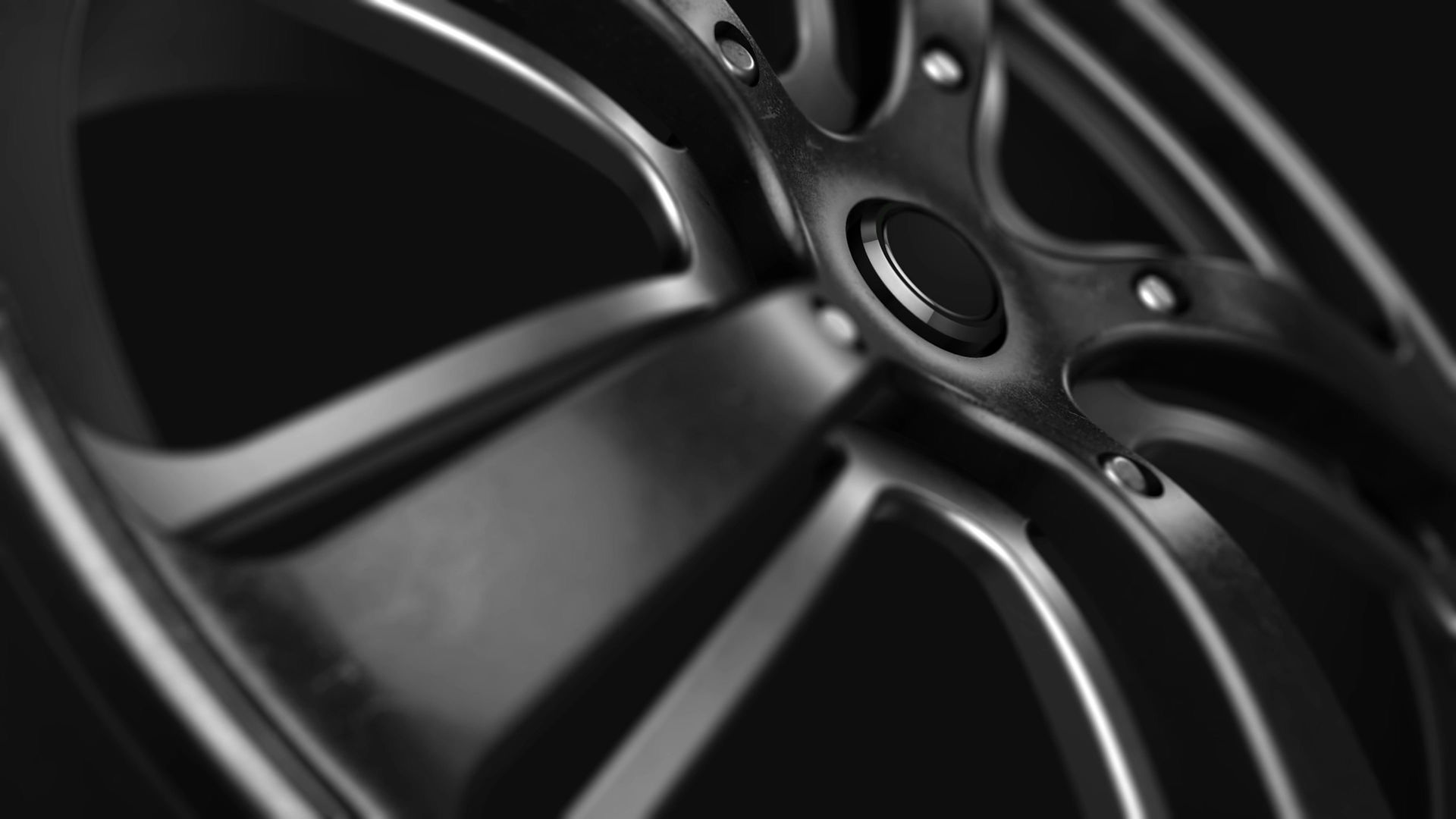How does a tire balancing machine convert centrifugal force into an electrical signal
- enze6799
- Jul 22
- 3 min read
How Tire Balancing Machines Convert Centrifugal Force into Electrical Signals
Tire balancing machines play a crucial role in ensuring smooth and safe vehicle operation by detecting and correcting imbalances in tires. A fundamental aspect of their functionality is the conversion of centrifugal force, generated during tire rotation, into electrical signals for analysis. This process enables precise identification of imbalance locations and magnitudes, facilitating accurate balancing adjustments.
The Role of Sensors in Force Detection
At the heart of a tire balancing machine's ability to convert centrifugal force into electrical signals lies the use of specialized sensors, primarily piezoelectric sensors. These sensors are strategically positioned within the machine to detect the vibrations and forces exerted by the rotating tire. When the tire rotates, any imbalance in its mass distribution causes it to wobble slightly, generating centrifugal forces that act outward from the axis of rotation.
Piezoelectric sensors are designed to respond to mechanical stress or pressure by producing an electrical charge. As the centrifugal forces from the unbalanced tire act on the sensors, they cause the sensors to deform slightly. This deformation triggers the piezoelectric effect, generating an electrical signal proportional to the magnitude of the applied force. The sensors' ability to precisely capture these minute forces is essential for accurate imbalance detection.
Signal Conversion and Amplification
Once the piezoelectric sensors generate the initial electrical signals, these signals are typically very weak and require amplification to be effectively processed. The machine incorporates an electronic circuit known as a signal conditioner or amplifier to perform this task. The signal conditioner receives the weak electrical signals from the sensors and increases their voltage level, making them more suitable for further analysis.
During the amplification process, the signal conditioner also filters out any noise or unwanted electrical interference that may have been introduced during signal generation. This ensures that the amplified signals accurately represent the centrifugal forces generated by the tire's imbalance, without being distorted by external factors. The cleaned and amplified signals are then ready for transmission to the machine's central processing unit (CPU) for in-depth analysis.
Processing and Analysis of Electrical Signals
The central processing unit (CPU) of the tire balancing machine is responsible for receiving the amplified electrical signals and performing complex calculations to determine the tire's imbalance characteristics. The CPU is equipped with specialized software algorithms that analyze the signals' frequency, amplitude, and phase. These parameters provide crucial information about the location and magnitude of the tire's imbalance.
By analyzing the frequency of the electrical signals, the CPU can identify the rotational speed at which the imbalance is most pronounced. The amplitude of the signals indicates the severity of the imbalance, while the phase information helps pinpoint the exact location of the imbalance around the tire's circumference. Based on this analysis, the CPU calculates the precise amount of counterweight needed and its optimal placement on the tire to achieve balance. The results of this analysis are then displayed on the machine's control panel, guiding the technician in making the necessary balancing adjustments.
Factors Influencing Signal Conversion Accuracy
Several factors can influence the accuracy of the centrifugal force to electrical signal conversion process in tire balancing machines. One critical factor is the quality and calibration of the piezoelectric sensors. Sensors that are not properly calibrated or are of inferior quality may produce inaccurate signals, leading to incorrect imbalance detection and balancing adjustments. Regular sensor calibration and maintenance are essential to ensure optimal performance.
The condition of the tire itself also plays a role in signal conversion accuracy. Tires with excessive wear, damage, or irregular tread patterns may generate inconsistent centrifugal forces, making it more challenging for the sensors to capture accurate data. Additionally, the machine's mounting and clamping mechanisms must be in good condition to ensure that the tire is securely and evenly mounted during the balancing process. Any looseness or misalignment can introduce additional vibrations and forces that interfere with the accurate detection of the tire's natural imbalance.
Advanced Technologies Enhancing Signal Conversion
As technology continues to advance, tire balancing machines are incorporating increasingly sophisticated features to improve the accuracy and efficiency of the centrifugal force to electrical signal conversion process. Some modern machines utilize digital signal processing (DSP) techniques to enhance the analysis of the electrical signals. DSP allows for more precise filtering, amplification, and analysis of the signals, reducing the impact of noise and interference and providing more accurate imbalance data.
Additionally, some tire balancing machines are equipped with self-calibrating sensors that automatically adjust their sensitivity and output based on the specific tire being balanced. This feature eliminates the need for manual sensor calibration and ensures consistent and accurate results across a wide range of tire types and sizes. Furthermore, wireless connectivity options are becoming more common, enabling technicians to easily transfer balancing data to other devices or systems for record-keeping or further analysis.





Comments